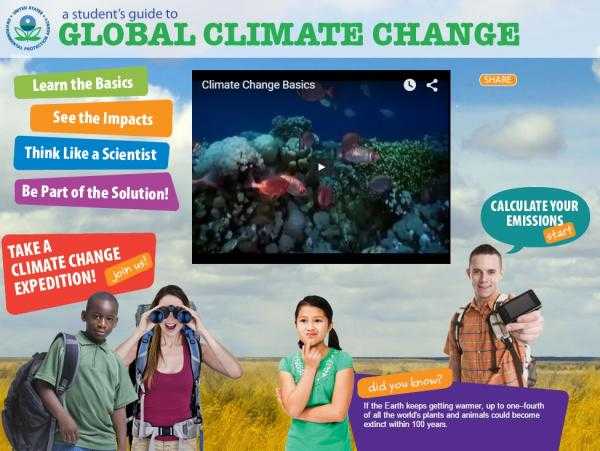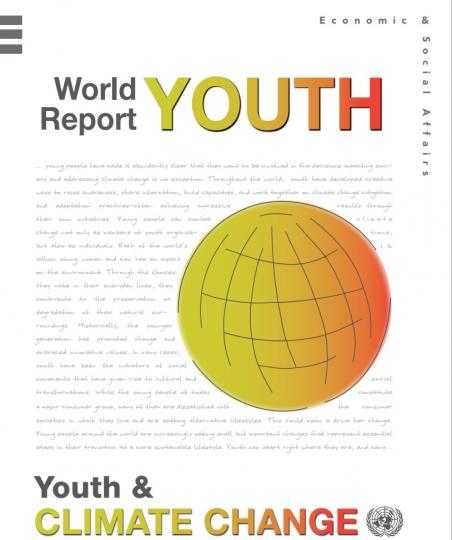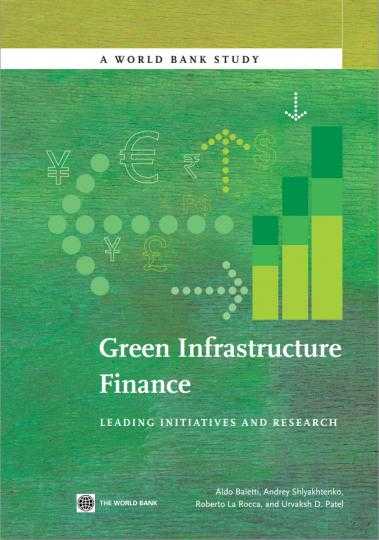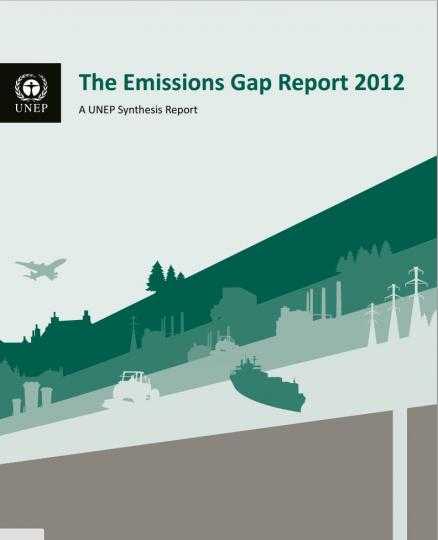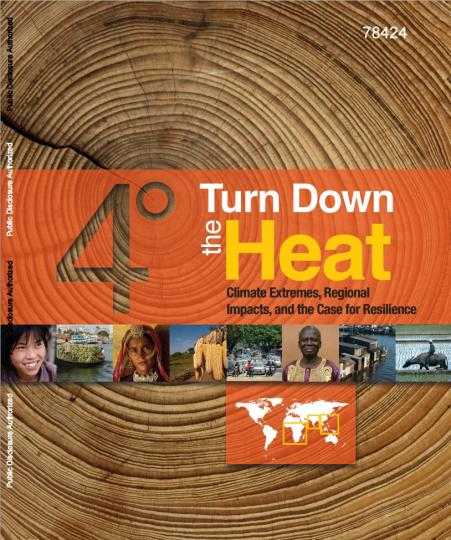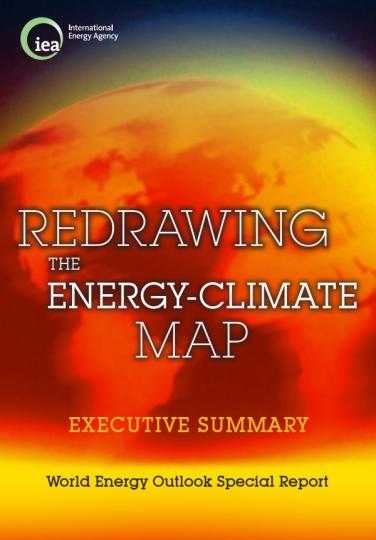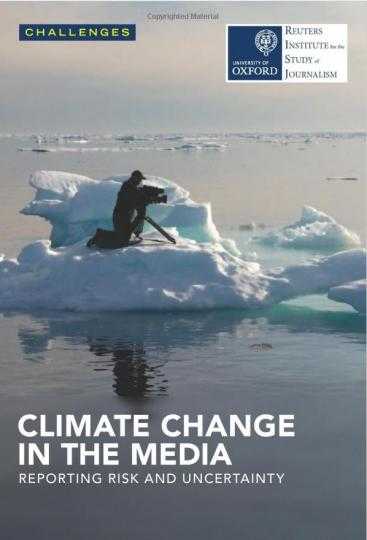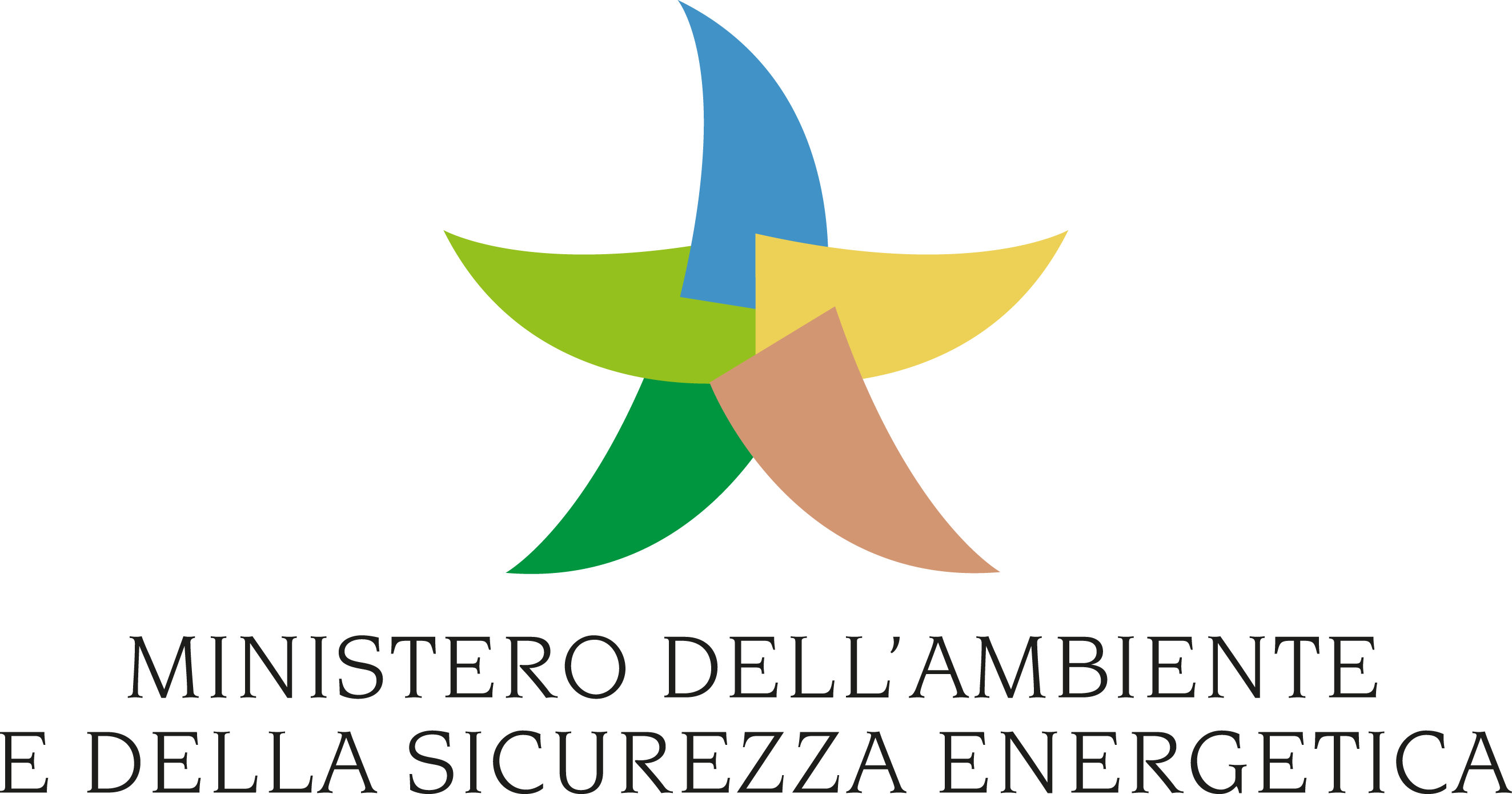This website provides information that is current, relevant, and useful for learning more about climate change.
Young people have made it abundantly clear that they want to be involved in the decisions impacting society and addressing climate change is no exception. Throughout the world, youth have developed creative ways to raise awareness, share information, build capacities, and work together on climate change mitigation and adaptation practices–often achieving impressive results through their own initiatives. Young people can combat climate change not only as members of youth organizations, but also as individuals.
"Today’s enormous development challenges are complicated by the reality of climate change—the two are inextricably linked and together demand immediate attention. Climate change threatens all countries, but particularly developing ones. Understanding what climate change means for development policy is the central aim of the World Development Report 2010.
Increasing concerns over the effects of climate change have heightened the importance of accelerating investments in green growth. The International Energy Agency, for example, estimates that to reduce carbon dioxide emissions by 50 percent by 2050, global investments in the energy sector alone will need to total US$750 billion a year by 2030 and over US$1.6 trillion a year from 2030-2050. Despite global efforts to mobilize required capital flows, the investments still fall far short.
Two fundamental questions in the global climate negotiations include: 1. Will the pledges made by countries to reduce greenhouse gas emissions be sufficient to achieve the 2.0 degree or 1.5 degree Celsius temperature limits by year 2020 or will there be a gap between the level of ambition that is needed and what is expected as a result of the pledges? 2. If a gap exists, in what ways can it bridged? Since 2010, UNEP has been convening scientists and experts to answer these questions through the development of the annual “emissions gap” report.
This report focuses on the risks of climate change to development in Sub-Saharan Africa, South East Asia and South Asia. Building on the 2012 report, Turn Down the Heat: Why a 4°C Warmer World Must be Avoided, this new scientific analysis examines the likely impacts of present day, 2°C and 4°C warming on agricultural production, water resources, and coastal vulnerability for affected populations.
Governments have decided collectively that the world needs to limit the average global temperature increase to no more than 2 °C and international negotiations are engaged to that end. Yet any resulting agreement will not emerge before 2015 and new legal obligations will not begin before 2020. Meanwhile, despite many countries taking new actions, the world is drifting further and further from the track it needs to follow. The energy sector is the single largest source of climate-changing greenhouse-gas emissions and limiting these is an essential focus of action.
This report describes organized attacks on climate science, scientists and scientific institutions like the UN Intergovernmental Panel on Climate Change (the IPCC), that have gone on for more than 20 years. It sets out some of the key moments in this campaign of climate denial started by the fossil fuel industry, and traces them to their sources. The tobacco industry’s misinformation and PR campaign in the US against regulation reached a peak just as laws controlling tobacco were about to be introduced.
Scientists and politicians are increasingly using the language of risk to describe the climate change challenge. Some researchers say stressing the ‘risks’ from climate change rather than the ‘uncertainties’ can create a more helpful context for policy makers and a stronger response from the public. But understanding the concepts of risk and uncertainty – and how to communicate them – is a hotly debated issue. In this book, James Painter analyses how the international media present these and other narratives around climate change.
This book responds to a very real need in African journalists’ reporting of the complex phenomenon of climate change. Climate change poses a clear danger to lives and livelihoods across Africa. Journalists there have critical roles to play in explaining the cause and effects of climate change, in describing what countries and communities can do to adapt to the impacts ahead, and in reporting on what governments and companies do, or do not do, to respond to these threats.
